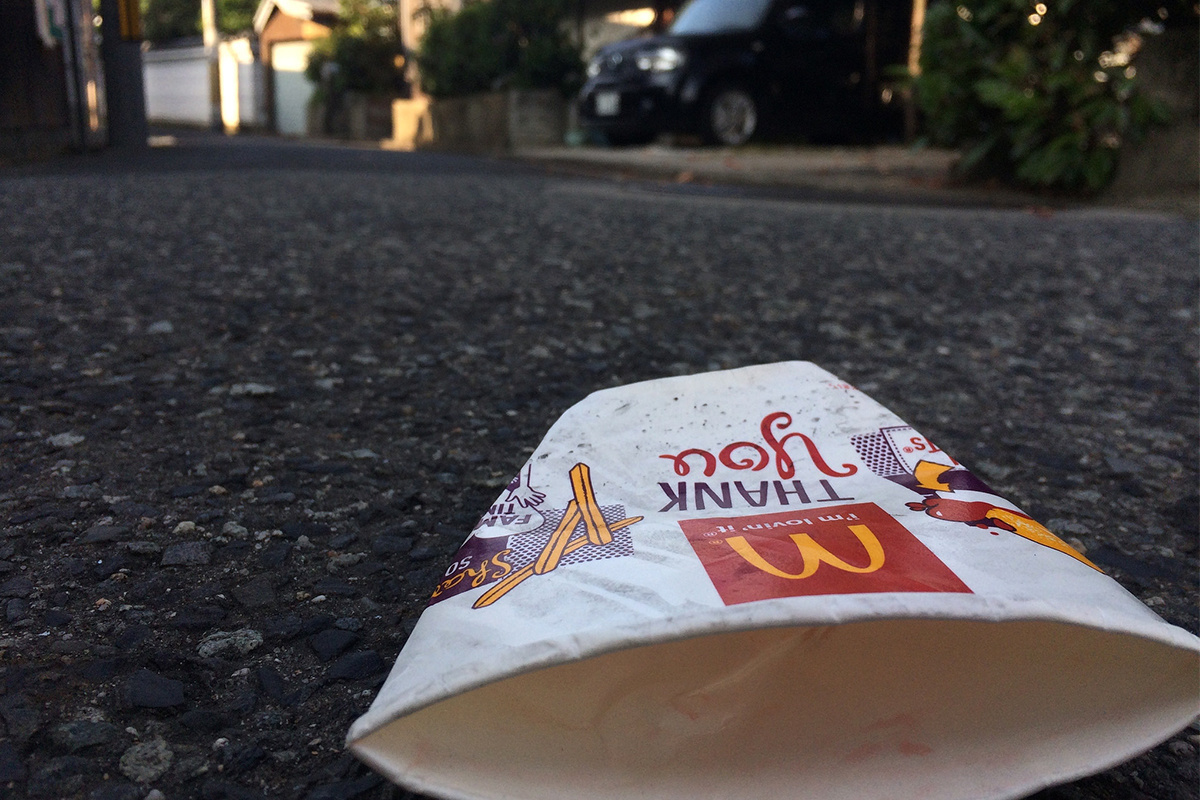

More and more businesses are stepping up to reduce consumer waste. Iceland Foods, a major UK supermarket chain specializing in frozen food, announced on Tuesday that it will eliminate plastic packaging from its own brand of products by the end of 2023.
In a separate announcement on Tuesday, McDonald’s said it will add recycling to its more than 36,000 locations around the world by 2025 and pledges that all packaging on customer products will come from “renewable, recycled or certified sources” by that same year.
The moves from Iceland and McDonald’s are very important. Sure, an individual’s own efforts to reduce their plastic footprint makes a difference, but when global corporations also step up to reduce waste, it can make a big impact.
“The onus is on retailers, as leading contributors to plastic packaging pollution and waste, to take a stand and deliver meaningful change,” Richard Walker, Iceland’s managing director, said. “Other supermarkets, and the retail industry as a whole, should follow suit and offer similar commitments during 2018. This is a time for collaboration.”
Iceland aims to become the first major retailer globally to eliminate plastic packaging from its own brand. Its new products will consist of paper or pulp trays food trays and paper bags instead of plastic ones. The items will be fully recyclable through domestic waste collection or in-store recycling facilities.
We’re becoming the first UK retailer to go #PlasticFree in its own-label product range by 2023. Are you with us? #TooCoolForPlastic pic.twitter.com/L0iDmwVZk0
— Iceland Foods ❄️ (@IcelandFoods) January 16, 2018
“There really is no excuse any more for excessive packaging that creates needless waste and damages our environment,” Walker added. “The technologies and practicalities to create less environmentally harmful alternatives exist, and so Iceland is putting a stake in the ground.”
John Sauven, the executive director of Greenpeace, applauded Iceland’s commitment to go plastic-free in five years.
“It’s now up to other retailers and food producers to respond to that challenge,” he said. “The tidal wave of plastic pollution will only start to recede when they turn off the tap.”
McDonald’s, the world’s biggest food chain, is also tackling the issue of unnecessary packaging. Currently, only 10 percent of McDonald’s tens of thousands of locations allow people to recycle. Its new goal is to recycle guest packaging in 100 percent of its restaurants by 2025.
“With 37,000 restaurants in more than 100 countries serving over 69 million customers daily, McDonald’s has the responsibility and opportunity to use our scale for good,” Francesca DeBiase, the chief supply chain and sustainability officer for McDonald’s said. “By acting now and boldly, we hope to lead the industry and our customers toward a more sustainable future and fuel a movement to address waste as a global community.”
We are stepping up and using our #ScaleforGood. By 2025 our goals are to recycle guest packaging at all McDonald’s restaurants, recognizing infrastructure challenges, and that 100% of guest packaging will come from renewable, recycled or certified sources: https://t.co/bArjXT6dbw pic.twitter.com/hrG7bnSS5e
— McDonald's Corporation (@McDonaldsCorp) January 16, 2018
“We understand that recycling infrastructure, regulations and consumer behaviors vary city to city and country to country, but we plan to be part of the solution and help influence powerful change,” DeBiase said.
“For example McDonald’s restaurants in UK offer recycling bins for our customers, and in Germany, our crew members separate the guest packaging for our customers,” DeBiase continued. “One of the strengths of the McDonald’s system is that together with our franchisees, we have global reach, and we integrate locally into the communities where we operate. We’re excited to keep learning about what works well for recycling in different geographies and localities, which will help us find solutions in places that are just getting started on this journey.”
McDonald’s also pledges that by 2025, 100 percent of its guest packaging will come from renewable, recycled or certified sources, with a preference for Forest Stewardship Council certification for fiber.
As Business Insider noted, McDonald’s latest move follows a recent announcement to ditch foam cold-beverage cups and trays. The company also has plans to use 100 percent recycled fiber-based packaging globally by 2020.

 233k
233k  41k
41k  Subscribe
Subscribe 